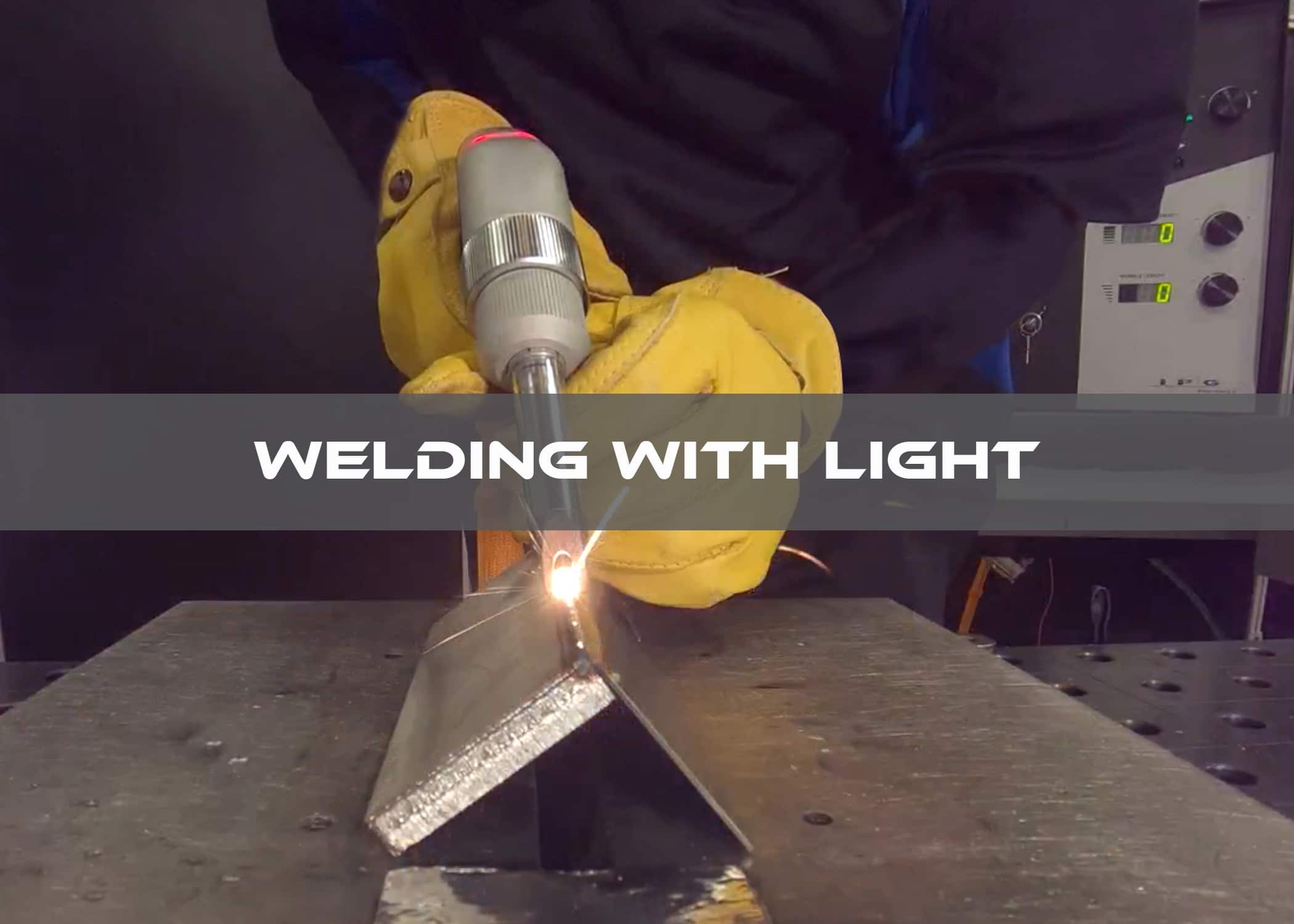Transforming Metal with Heat
Almost as long as there has been metalworking, artisans have used heat to assist in their work. Likely around 6000 BCE, the process of smelting was developed in the Near East when early metalworkers discovered that certain rocks containing copper ores could be heated in a fire to extract the metal, separating it from impurities. Around 3300 BCE, the Bronze Age got going when humans began alloying copper and tin through heat to create bronze, which proved to be stronger and more durable than pure copper.
From the Iron Age to the discovery that heating wrought iron and charcoal in a furnace could produce steel, to the development of new alloys in our day for use in the aerospace industry, the use of heat to change metals has been a fundamental aspect of metallurgy.
The Development of Welding
It was during the Bronze Age that the process of joining metals together with heat—welding—was developed. Ancient civilizations such as the Egyptians, Greeks, and Romans practiced various forms of welding. Techniques included forge welding, where metals were heated and hammered together, and soldering, where a lower melting point filler metal was used to join pieces. During the Middle Ages, blacksmiths and metalworkers continued to refine welding techniques, using heat and mechanical pressure to join metals.
By the dawn of the 20th century, arc welding had been introduced, with the use of a carbon electrode to create an arc between two metal pieces, melting them and allowing them to fuse together. The onset of the World Wars increased the demand for welding technology, and new processes like gas welding, resistance welding, and submerged arc welding came about. Later, the introduction of new welding methods, such as gas metal arc welding (MIG/MAG) and gas tungsten arc welding (TIG), revolutionized industrial welding by providing more efficient and versatile techniques.
While four methods of welding are predominant—MIG, TIG, Stick, and Flux-Cored arc welding—there are more than 30 different types of welding in use today.
The Dawn of the Fiber Laser
The concept of lasers was first proposed by Albert Einstein in 1917, but practical laser technology didn’t emerge until the 1960s. The application of gas-based lasers (like CO2) to cut metal was a natural outgrowth of the technology, since a highly focused point of light could generate an enormous amount of heat.
Fiber lasers introduced more versatility into laser cutting, being more compact, having a lower power consumption, and not requiring the adjustments and replacements of mirrors like CO2 lasers do. Instead of requiring gas as an active gain medium (which amplifies the laser’s power), fiber lasers utilize an optical fiber containing rare-earth elements that can emit light when stimulated by an external energy source, and they use a different reflective medium within the fiber itself instead of the conventional mirrors.
The solid-state nature of fiber lasers allows them to be more portable and be used without realigning them when moved, so they became a natural choice when engineers started looking at using laser power to weld metal and not just cut it. Compared to traditional welding methods, fiber laser welding offers higher speed, greater precision, and the ability to weld a wide range of materials.
Often several times faster than traditional welding—up to five times faster than MIG and up to ten times faster than TIG—fiber laser welding finds application in a wide range of industries from automotive to aerospace. The ability to weld precisely with minimal excess heat makes fiber laser welding perfect for intricate work, such as the construction and repair of jewelry, medical devices, and electronics.
Fiber laser welding produces high-quality welds that are usually free from defects like fractures, inclusions, and porosity. Some fiber laser welders will also offer pre-weld and post-weld cleaning for an even better weld. Pre-weld cleaning can burn away impurities like grease, rust, or paint that could contaminate the weld pool, while post-weld cleaning can eradicate soot, other debris, or discoloration left behind by the welding process.
Fiber laser welding also lends itself to automation, offering precision and repeatability for the high-volume production that modern industrial fabrication requires.
Finding a Trusted Fabrication Partner
Any metal fabrication shop that wants to get into fiber laser welding needs to connect with a good, full-service fabrication equipment provider. Plenty of fly-by-night sellers can be found online, but a full-service distributor will offer a brick-and-mortar show room, an in-house service department, and provide for direct sales of parts and tooling. They should also carry a wide range of metalworking equipment across most major categories, from press brakes to bandsaws and everything in between.
A good equipment dealer will look at the overall goals and needs of a fabrication business and offer suggestions that will help the business grow over the next several years, rather than just selling the shop whatever “fix” will just solve short-term issues. Such a provider is more than just a seller—they become a partner with the metal fabrication shop, working towards their future success. Such a trusted collaborator will be able to recommend the exact fiber laser welding equipment needed by the shop for both the immediate and long-term needs of their customers.







